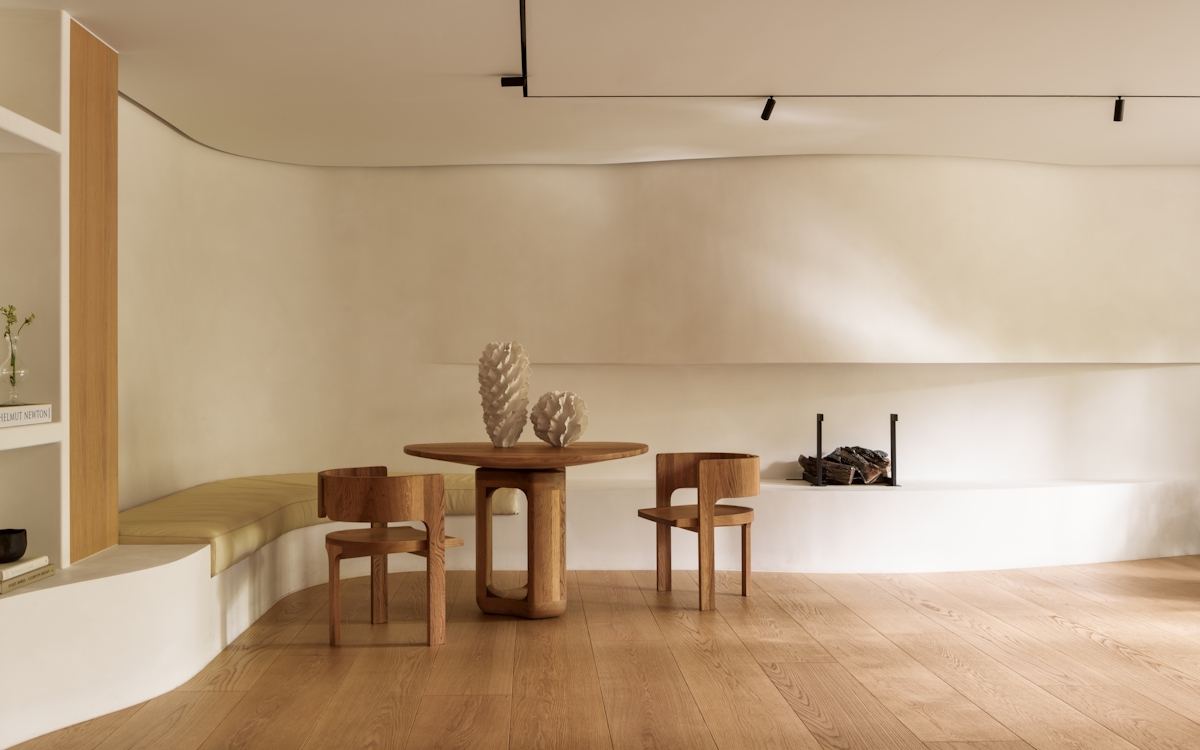Imagine you’re sat down to dinner in your favourite haunt. Now list off all of the things that make it your top spot. The food, sure. The decor, without question. But isn’t one of the reasons the overall atmosphere, the vibe, the feel of the place? Enter sound.
Restaurant culture is a sensory affair—it hits all of them from scent and sound, and not least of all taste. Earlier this summer in The Luxurist, we launched The Sound of LuxDeco where we dig deep into the experience of sound design with LuxDeco’s Chief Creative Officer Jon Sharpe (check out our Spotify playlists too if you haven’t already). And now that many of the world’s restaurants are inching open their doors once more, what better environment to focus on next?







